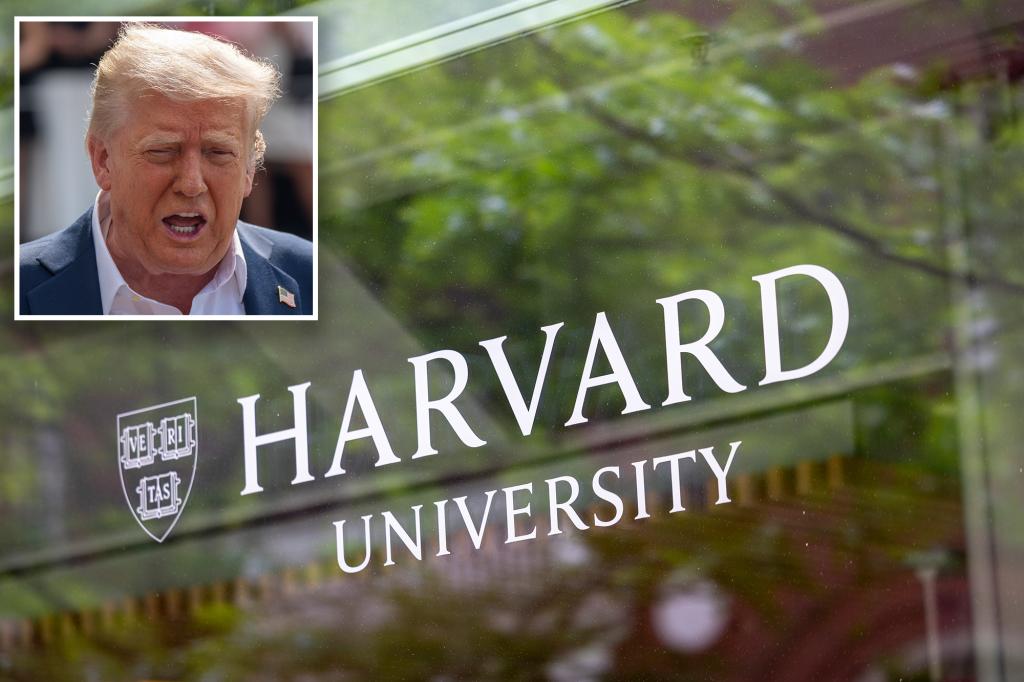Trump’s Bold Move: Rethinking Federal Funds for School Choice Expansion
In a strategic pivot, former President Donald Trump has announced an ambitious proposal aimed at redirecting federal funding to bolster school choice initiatives across the nation. This bold move has ignited a heated debate among policymakers, educators, and parents, raising critical questions about educational equity, governmental priorities, and the future of public education in America.
The Vision Behind School Choice Expansion
Trump’s vision for school choice is rooted in the belief that parents should have the ultimate authority to decide where their children are educated. By reallocating federal funds, he aims to provide families with more options, including charter schools, private schools, and homeschooling. The rationale is simple: when parents have more choices, schools will be compelled to improve their services to attract students, thereby fostering a competitive educational environment.
Supporters of school choice argue that it levels the playing field for students from low-income families who might otherwise be trapped in underperforming schools. By providing funding for options outside the traditional public school system, Trump’s proposal could potentially empower families to seek better educational opportunities tailored to their children’s needs.
Understanding the Mechanism of Federal Funding Redistribution
At the heart of Trump’s proposal is a plan to harness federal education funds that are currently allocated to traditional public schools. The suggested mechanism involves:
- Tax Credits and Vouchers: Families could receive tax credits or vouchers that can be used to pay for tuition at private schools or to cover educational expenses.
- Expanded Charter School Funding: Increased funding for charter schools would be a significant component, allowing these schools to grow and offer more options to families.
- Support for Homeschooling: The initiative could also include resources and funding for homeschooling families, providing them with curricula and materials.
This approach raises the possibility of a substantial shift in how education is funded in the United States. However, it also brings to light concerns about the implications for public schools, particularly those in low-income areas that may already struggle with funding and resources.
Concerns About Educational Equity
While many view school choice as a pathway to better educational outcomes, critics argue that it could exacerbate inequalities in the education system. Here are some of the main concerns:
- Funding Disparities: Redirecting federal funds away from public schools could lead to further deterioration of resources available for students who remain in these institutions.
- Access Issues: Not all families have equal access to information about school options. Parents in underserved communities may lack the resources or knowledge to navigate the school choice landscape effectively.
- Segregation Concerns: There are fears that school choice could lead to increased segregation, as families may gravitate towards schools that reflect their socio-economic status or cultural backgrounds.
These concerns highlight the need for a balanced approach that ensures all students receive a quality education, regardless of their background or financial situation.
Potential Benefits of School Choice Expansion
Despite the concerns, there are several potential benefits associated with expanding school choice that supporters emphasize:
- Increased Competition: When schools compete for students, they are likely to improve their offerings, striving for better academic performance and customer satisfaction.
- Personalized Education: School choice allows for more personalized educational experiences, catering to the unique needs and interests of individual students.
- Innovation in Education: Charter and private schools often experiment with new teaching methods and curricula, which can lead to innovative practices that benefit the broader educational landscape.
These potential advantages suggest that, when implemented thoughtfully, school choice initiatives could lead to meaningful improvements in education quality.
Historical Context and Political Landscape
School choice has been a contentious issue in American education policy for decades. The movement gained significant traction in the 1990s and early 2000s, with various states implementing voucher programs and charter schools. However, public opinion remains divided, with many advocating for a strong public school system as the foundation of a democratic society.
Trump’s bold move comes at a time when educational reform is a hot topic in political discourse. With his strong base of support among conservative voters, this proposal may resonate well with those who prioritize parental choice over traditional public school funding.
Looking Ahead: The Future of Education Funding
As Trump moves forward with his proposal, the implications for education policy could be profound. Key considerations for stakeholders include:
- Policy Development: Policymakers must craft legislation that thoughtfully balances the benefits of school choice with the need for equitable funding for all students.
- Community Engagement: Engaging communities in discussions about school choice and education funding is crucial to ensure that all voices are heard and considered.
- Monitoring Outcomes: Ongoing assessment of the impact of school choice initiatives on student performance and equity will be essential in guiding future decisions.
In conclusion, Trump’s bold move to rethink federal funds for school choice expansion presents an opportunity for transformative change in education. While the proposal raises legitimate questions about equity and access, it also offers the potential to enhance educational opportunities for many students across the nation. As the dialogue continues, it will be essential for all stakeholders to engage thoughtfully in shaping the future of education in America.
See more TED Talks World



